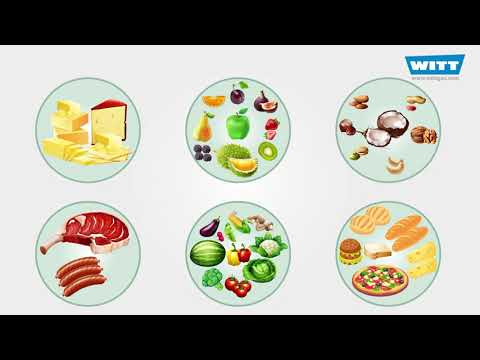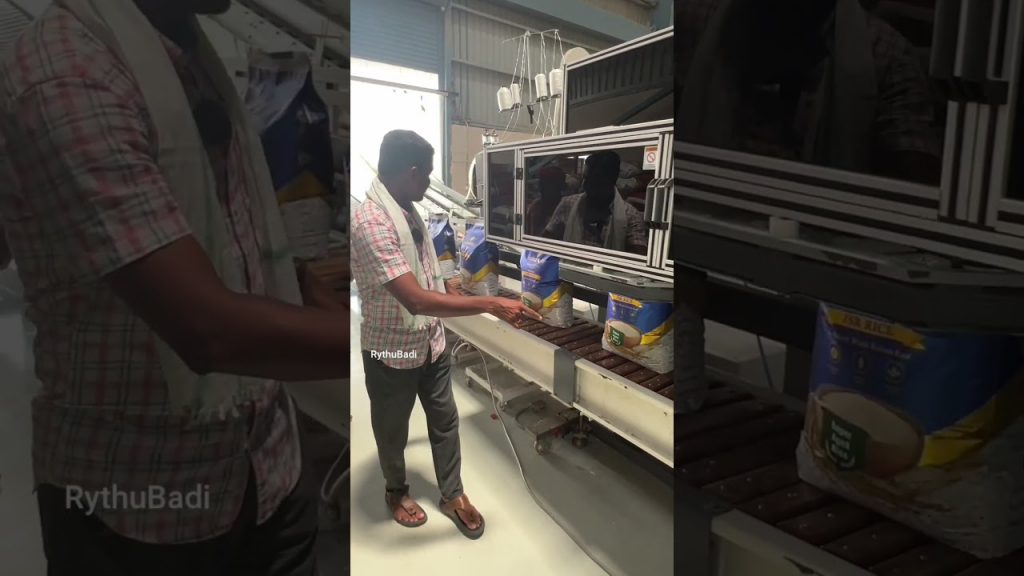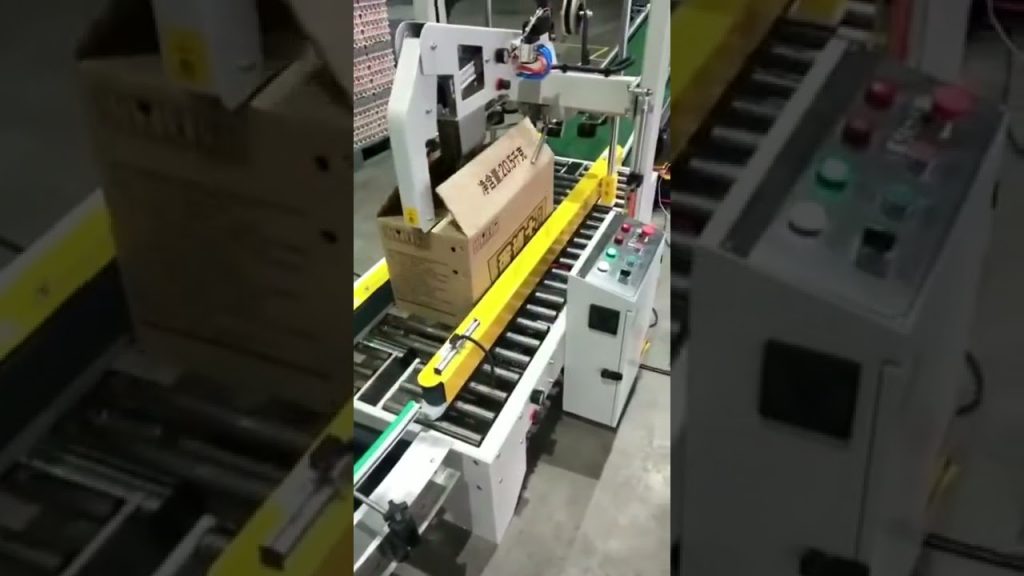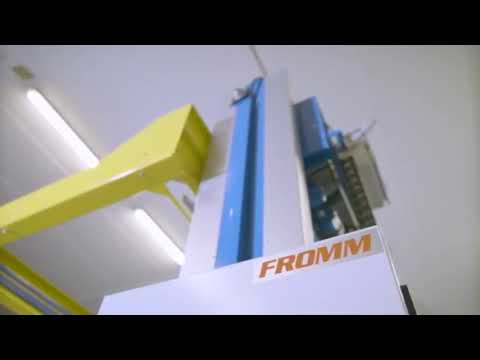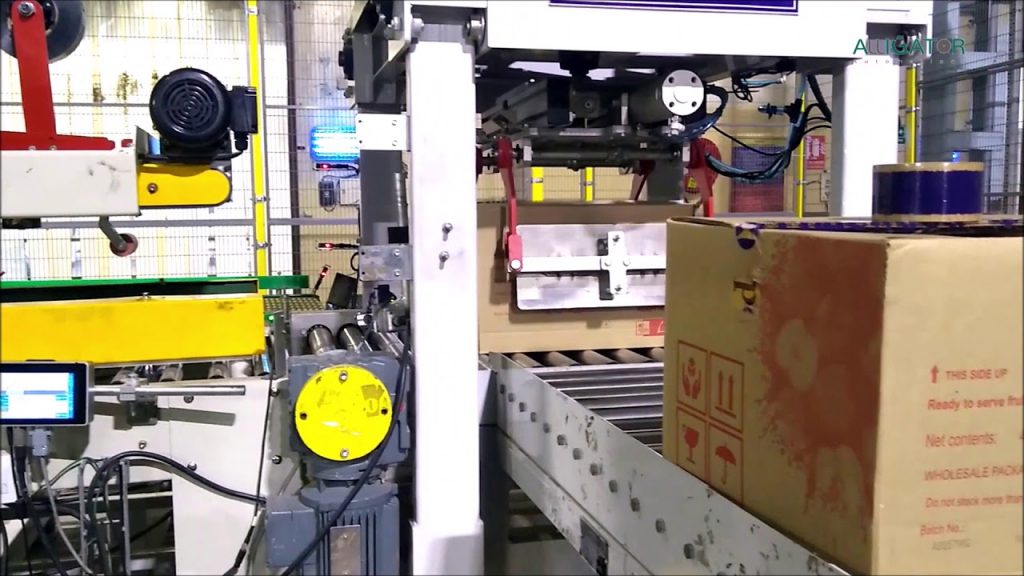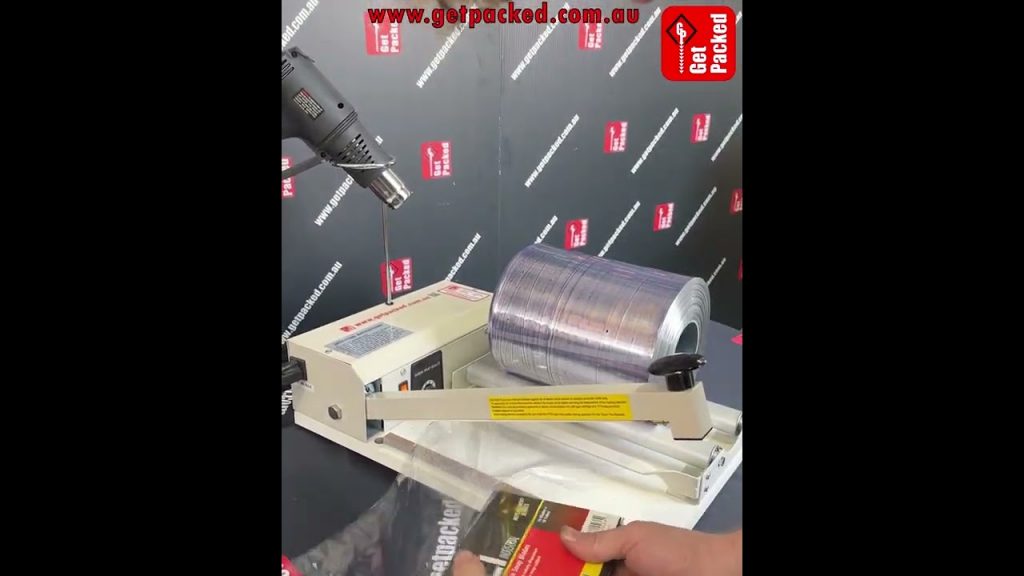Check out the leading manufacturer for a professional coil packing solution here:
When it comes to packaging food, one of the biggest challenges is preventing spoilage. Food, when packed in air, is susceptible to three main spoilage mechanisms: microbial growth, enzymatic reactions, and oxidation. These mechanisms can lead to changes in color, flavor, texture, and nutritional value, making the food unfit for consumption. To combat this, the food industry has adopted various packaging techniques, one of which is Modified Atmosphere Food Packaging (MAP).
MAP involves altering the atmosphere in the food packaging to extend the shelf life and maintain the quality of the food. This is achieved by replacing the air inside the packaging with a specific gas mixture that is optimized for the particular food product. The gases used in MAP are carefully selected based on their ability to inhibit microbial growth and enzymatic reactions, as well as their antioxidant properties.
The benefits of using MAP in food packaging are numerous. Firstly, it significantly extends the shelf life of the food, allowing for longer storage and transportation times. This is particularly beneficial for perishable foods, such as fruits, vegetables, and meat products. Secondly, MAP helps to maintain the sensory attributes of the food, such as color, flavor, and texture, ensuring that the consumer receives a high-quality product. Lastly, MAP reduces the need for preservatives and additives, as the modified atmosphere itself acts as a natural preservative.
To implement MAP, certain requirements must be met. Firstly, the packaging materials used must have good gas barrier properties to prevent the ingress of oxygen and other gases from the external environment. Common packaging materials include flexible films, trays, and pouches. Secondly, the gas mixture used must be carefully controlled and monitored to ensure its effectiveness. This requires the use of specialized equipment, such as gas flushing machines and gas analyzers.
In order to fully understand the intricacies of MAP, it is important to delve into the science behind it. The gas mixture used in MAP typically consists of carbon dioxide, nitrogen, and sometimes a small percentage of oxygen. Carbon dioxide inhibits microbial growth and enzymatic reactions, while nitrogen acts as an inert gas to fill the remaining space in the packaging. Oxygen, on the other hand, can be used in controlled amounts to maintain the desired color of certain food products.
In conclusion, Modified Atmosphere Food Packaging is a valuable technique in the food industry to prevent spoilage and maintain the quality of food products. By altering the atmosphere inside the packaging, MAP extends the shelf life, preserves sensory attributes, and reduces the need for preservatives. With the right packaging materials and gas mixture, food manufacturers can ensure that their products reach consumers in optimal condition.
Check the coil packing solution with the leading manufacturer for a professional solution just here: Packing System
"Unlocking the Power of Modified Atmosphere Food Packaging: A Comprehensive Guide to How it Works, Benefits, Gases, Requirements, and Food Packing System"
